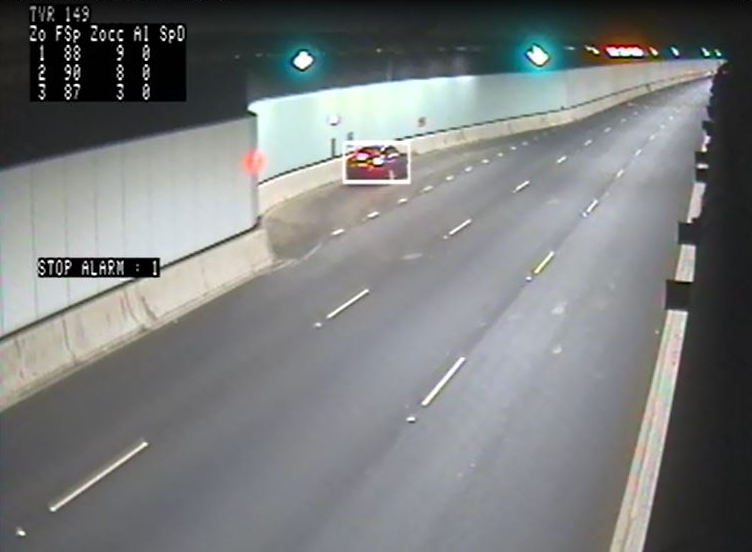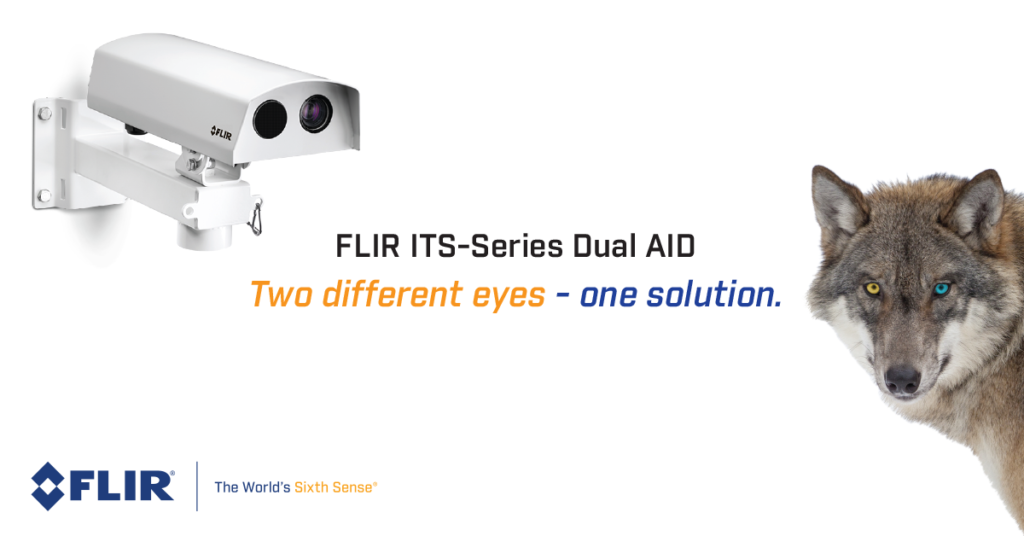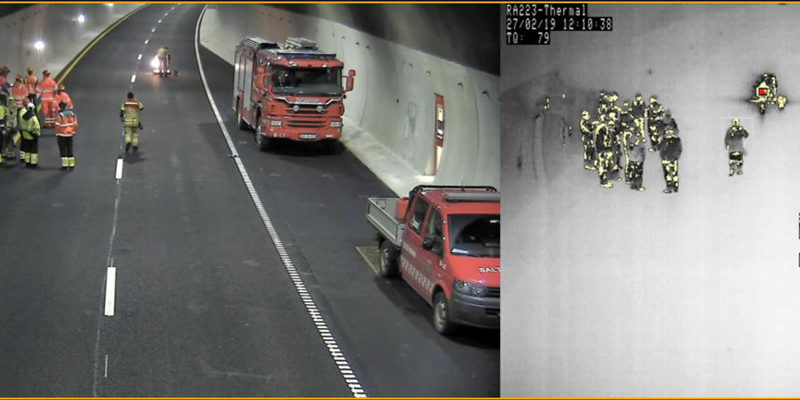The use of cameras for traffic monitoring and incident detection is well established. Although advancements have been made regarding integrated recognition software, undesired environmental conditions can prove a challenge for traffic operators to detect, analyse and manage traffic incidents. This can create a delay in the mean-time-to-detect (MTTD) and hence response of emergency services.

‘See’ regardless of conditions
Smoke, sun glare, vehicle headlights, dynamic shadows and even time of day can impact the effectiveness of visible spectrum cameras. Generally, for traditional video cameras to work well, light needs to illuminate all areas of observation. In contrast, thermal cameras can ‘see’ regardless of conditions, through the detection of subtle differences in temperature, represented in a high definition image.
Fewer false alarms
Granted, traffic operators may prefer the visible spectrum for overall monitoring, zooming in for specific detail and verification. However, the advantages of thermal imaging can provide increased awareness and critical information that otherwise may have been missed. Delivering reliable detection results and significantly fewer false alarms.

Visible or thermal?
So which option is better, visible or thermal? The answer … both. A multi-sensor approach can provide uninterrupted 24-hour detection of vehicles and pedestrians. A dual-vision camera provides visible spectrum awareness with enhanced thermal detection, achieving significantly improved performance in automatic incident detection (AID) systems. This enables rapid incident response and consequently reduces the impact of serious traffic incidents.

Typically applied to tunnels, highways and bridges, the added benefit of thermal imaging can also extend detection ranges beyond visible camera capabilities. Whereas the visible camera provides overall awareness, the thermal camera helps traffic operators increase efficiency and ultimately saves lives.
By Courtney Ryan

A FLIR Premium Partner



